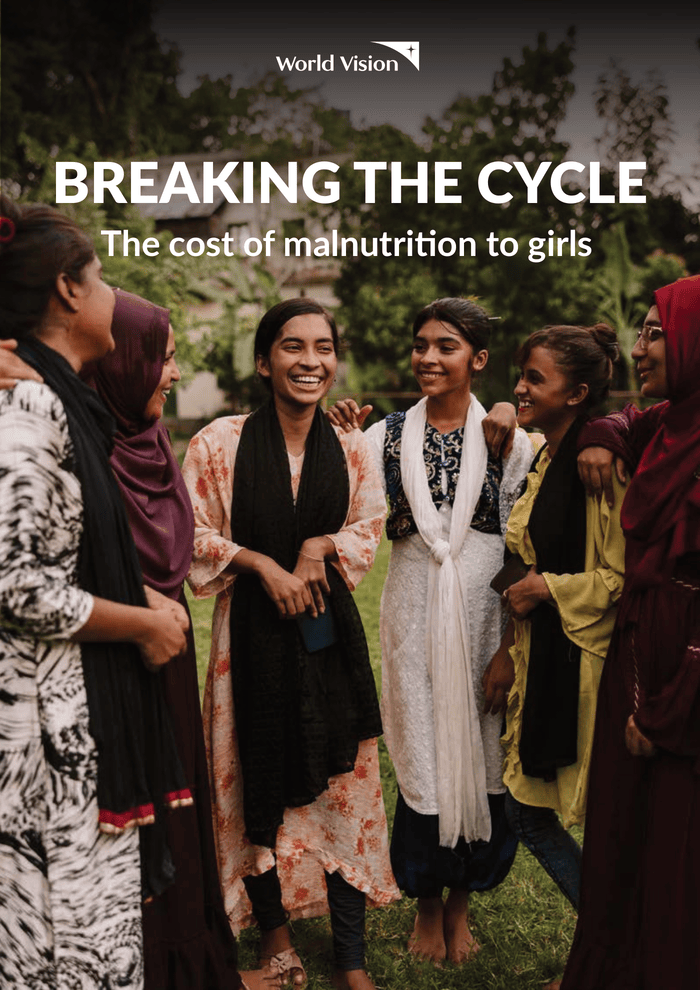Malnutrition continues to be a pressing issue affecting the world population, with women and girls disproportionately affected. A staggering $1.6 trillion per year is lost globally due to malnutrition’s impact on the productivity of women and girls, as highlighted in a recent report. This worrying figure emphasizes the urgency for actions to combat the growing global nutrition problem.
The study revealed that almost two-thirds of the global chronically malnourished population comprises women and teenagers, with over a billion suffering from different types of malnutrition. The overwhelming statistics urge us to start seeing malnutrition in women and girls as more than just a health issue. It has far-reaching socio-economic implications and warrants immediate and concerted effort for its amelioration.
Girls’ malnutrition compromises their immune system and enhances susceptibility to disease, leading to increased mortality rates. Beyond health, the impacts of malnutrition are evident in other areas of their lives, affecting education, income potential, and increasing their likelihood to face violence and stress.
Currently, two-thirds of children less than five years of age in low and middle-income nations live in food poverty. A third of these children survive on a diet restricted only to milk and grain every day. This state of food poverty has severe repercussions; for instance, millions of babies are at risk of dying from low birth weight and Vitamin A deficiencies.
In the absence of adequate interventions, gender bias further magnifies the problem. Parents in specific nations prioritize boys over girls when it comes to nutrition and medical care, with girls 40-50% more likely to die in infancy and childhood than boys.
Anaemia, a concerning aspect of malnutrition, affects 30% of global women and girls. It is particularly rampant in South Asia and sub-Saharan Africa. Anaemia could increase maternal death rates from hemorrhage, lead to low birth weight in newborns, impair child development, harm women’s productivity, and ability to earn an income.
In low and middle-income countries, malnutrition, particularly anaemia, deprives girls and women of $110 billion through lost productivity. If the impacts of stunting and anaemia were taken away, another 15.8 million girls could finish secondary school each year.
The current nutrition crisis is not just an issue in low-income countries, but also in high-income countries where diets contain 80% of ultra-processed foods resulting in numerous health issues. Poverty among girls has raised in over half of the OECD countries since the 1990s, entangling many in a cycle of poverty and malnutrition that jeopardizes their future and that of the next generation.
Addressing the nutrition issue also involves an urgent need for action against the risk of child labour as a short-term solution to economic relief. The rising rates of chronic food insecurity have left people with no choice but to migrate from their countries in search of survival.
As we can see, malnutrition is not just a food issue; it’s a human rights issue. Thus, it’s vital for government entities, organizations, and individuals to join forces in battling malnutrition and promoting the rights and well-being of girls and women globally. Today, everyone must play their part in ensuring every girl has the appropriate nourishment she needs so she can prosper and make a worthwhile contribution to the world. Let us reclaim her right to good health and a promising future.



